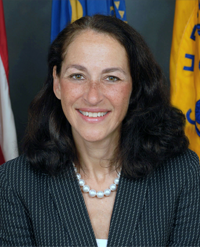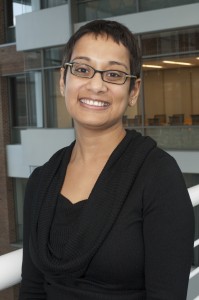By: Beverly Corey, DVM
Sub-Saharan Africa, the portion of Africa that runs from the Sahara Desert to the Cape of Good Hope at Africa’s southern tip, is more heavily affected by HIV and AIDS than is any other region of the world. In South Africa alone, 17.8 percent of the people have HIV. There were an estimated 22.9 million people living with HIV and 1.2 million deaths in Sub-Saharan Africa in 2010.
 Against the backdrop of this harsh reality, FDA has played a critical role in helping to ensure the availability of high quality, safe, and effective treatment therapies. The agency has approved or tentatively approved applications for 155 antiretroviral drugs from Dec.3, 2004 to Nov. 8, 2012, thereby making them available for use as part of the President’s Emergency Plan for AIDS Relief, or PEPFAR. This program, begun in 2004, is the U.S.government’s commitment to support HIV/AIDS treatment for millions of people around the world.
Against the backdrop of this harsh reality, FDA has played a critical role in helping to ensure the availability of high quality, safe, and effective treatment therapies. The agency has approved or tentatively approved applications for 155 antiretroviral drugs from Dec.3, 2004 to Nov. 8, 2012, thereby making them available for use as part of the President’s Emergency Plan for AIDS Relief, or PEPFAR. This program, begun in 2004, is the U.S.government’s commitment to support HIV/AIDS treatment for millions of people around the world.
It is clear that the supply of medications to treat HIV/AIDS in Africa must be increased. One necessary way to address delayed access to medications is to bolster the expertise of African regulators so that they can conduct timely reviews of drug applications. After all, the FDA approval or tentative approval is just one step. Then the therapies must be registered (or approved) by competent drug regulatory authorities in the countries of use.
Some resource-constrained low and middle income African countries have lacked sufficient expertise to conduct registrations efficiently. Focusing on generic drugs will be particularly important there, because generics are less expensive than the brand name products.
Recently, as part of a longstanding PEPFAR mandate for FDA to provide drug registration training for African regulators, the agency had the opportunity to spearhead and provide such training.
Let me share with you what we accomplished. FDA, in collaboration with the Kilimanjaro School of Pharmacy and Purdue and Howard universities, provided a five-day course on the review of generic drug applications and PEPFAR drug reviews.
Thirty-seven regulators and academicians from 17 African countries participated. This first-of-its-kind training, held in Moshi, Tanzania, was aimed at enabling regulators and pharmaceutical school faculty to familiarize themselves with regulatory and scientific methods applied by FDA.
The most exciting, complementary aspect of the training was to introduce the value of integrating regulatory science training into the curricula of schools of pharmacy and other academic institutions in Africa.
FDA and its partners believe that this training course can eventually be turned into a teaching module for use in academic curricula throughout Africa. Such curricula can support a cadre of regulatory affairs professionals to work in government agencies. This would further the availability and the manufacture of quality, safe and effective drug products for the African population.
If we can contribute to a global curricula for regulators, what a legacy that would be, for both PEPFAR and FDA!
Beverly Corey, DVM, is the Senior Regional Advisor for Sub-Saharan Africa, FDA Office of International Programs, US Embassy, Pretoria, South Africa


 FDA’s Office of International Programs (OIP)
FDA’s Office of International Programs (OIP) 


